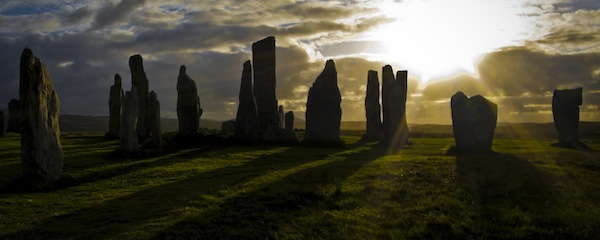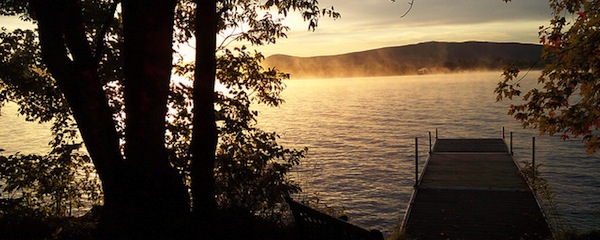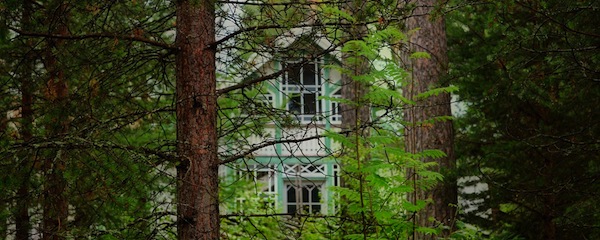
photo © Marina G, 2013
by Claire Savage
There’s something rather magical about the idea of a writer’s retreat. If you have ever been on one, then you’ll know something of what it’s like to squirrel yourself away for days – perhaps weeks – on end, for the sole purpose of thinking and writing and reading. The air is always laced with the anticipation of inspiration and the minutes stretch languidly before you, allowing oodles of time for creating that perfect prose…
This indulgence of headspace and ‘time out’ means seemingly endless days that lend themselves well to wandering, and burrowing deep into our forested thoughts. Who knows what we might find there?
In Éilís Ní Dhuibhne’s short story ‘Illumination’ – part of her 2012 collection, The Shelter of Neighbours – the reader is whisked away to the west coast of America on such a retreat. Our narrator is spending the summer in a wooden house surrounded by hills, wildlife and a forest of redwoods, ‘furrowed deeply like sticks of chocolate flake’. From the outset, ‘Illumination’ has the air of a fairy tale about it:
Hummingbirds, like large insects, stood in the air near my head […] Rabbits, looking like pictures from a children’s pop-up book, nibbled at the grass in the garden below.
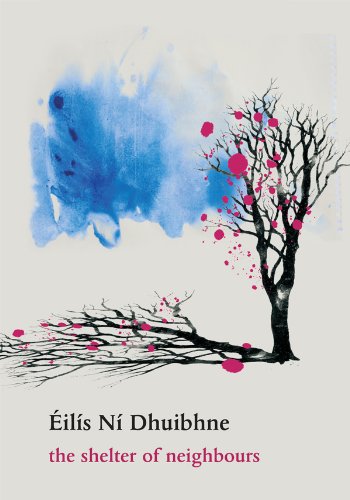 The story plays out against the backdrop of a mysterious landscape inhabited by barking coyotes and screaming bobcats. There are also whispers of a mountain lion. From Ní Dhuibhne’s evocative scene setting, the reader can sense something is waiting to be unearthed – a revelation or epiphany, perhaps. It’s a theme threaded throughout this collection of tales: each character at a pivotal point in their lives, or about to undergo a transformation. Our writer likes to walk in the forest, unafraid of what lurks within, and we follow her with bated breath.
The story plays out against the backdrop of a mysterious landscape inhabited by barking coyotes and screaming bobcats. There are also whispers of a mountain lion. From Ní Dhuibhne’s evocative scene setting, the reader can sense something is waiting to be unearthed – a revelation or epiphany, perhaps. It’s a theme threaded throughout this collection of tales: each character at a pivotal point in their lives, or about to undergo a transformation. Our writer likes to walk in the forest, unafraid of what lurks within, and we follow her with bated breath.
But, amidst Ní Dhuibhne’s story-book rabbits and poetic prose, something unsettling ripples, unseen, like the suspected mountain lion thought to roam the hillside. We know our narrator is on an artist’s retreat and so will have company in the house. Yet, when she says, ‘I was not alone in this wooden house’, you’d be forgiven for shaking off a shiver.
Her fellow guests include a Chinese painter of ‘beautiful, kaleidoscopic images’ and a German composer whose music seems to represent ‘alienation and disconnection’. Together, the trio appear to personify their surroundings: the isolated hillside, the forest, and the lonely wooden house. They are three brought together by a shared desire to create, but are each disconnected in their own way – from each other and from the rest of the world.
Browsing through the house library, our narrator muses about the purpose of her own craft, thereby revealing her reason for swapping Dublin for America this balmy summer. ‘Such biographies made me wonder if an ordinary, sane person, lacking any stunning eccentricity, could be a writer at all.’
She’s come for inspiration, but not literary inspiration in the traditional sense. Our narrator is an author seeking meaning in writing – she hopes to find a higher purpose, unravelling the intricacies of her profession and finding the beating heart of literature. Unfortunately, the retreat has, as yet, failed to satisfy her demands: ‘It lacked what I had hoped to find here. Brilliant insights into life and literature […] All my life I had been waiting for some answer to come to me.’
As she ponders the nature of writing and its place in the world, our narrator subsequently wanders between two routes. One takes her up golden hills; the other into the depths of the forest. She becomes our modern-day Red Riding Hood, plunging further, perhaps, than she should, while unseen predators circle the periphery.
Like Hansel and Gretel tripping on into the unknown, she stumbles upon a house in a clearing, which, although not made of cake and confectionery, is nevertheless a scintillating find. This house is white and is ‘stretched out like a sleeping dog’, as if bored, waiting for our narrator’s arrival.
The hidden house is inhabited by a mysterious trio who exude youth and beauty, even the older woman, who must, our narrator thinks, be the mother of at least one of the others. Invited back for dinner the next night, the protagonist is given ‘a pair of red moccasins, beautifully embroidered’, to wear instead of her heavy hiking boots. This is reminiscent of the original tale of Cinderella, in which the fairy tale maiden actually attended not one ball, but three, as part of a festival. She also wore ‘a pair of slippers embroidered with silk and silver’ at least once. When our narrator tries on the slippers, they fit like a glove, and she too will return to this hidden haven for multiple visits.
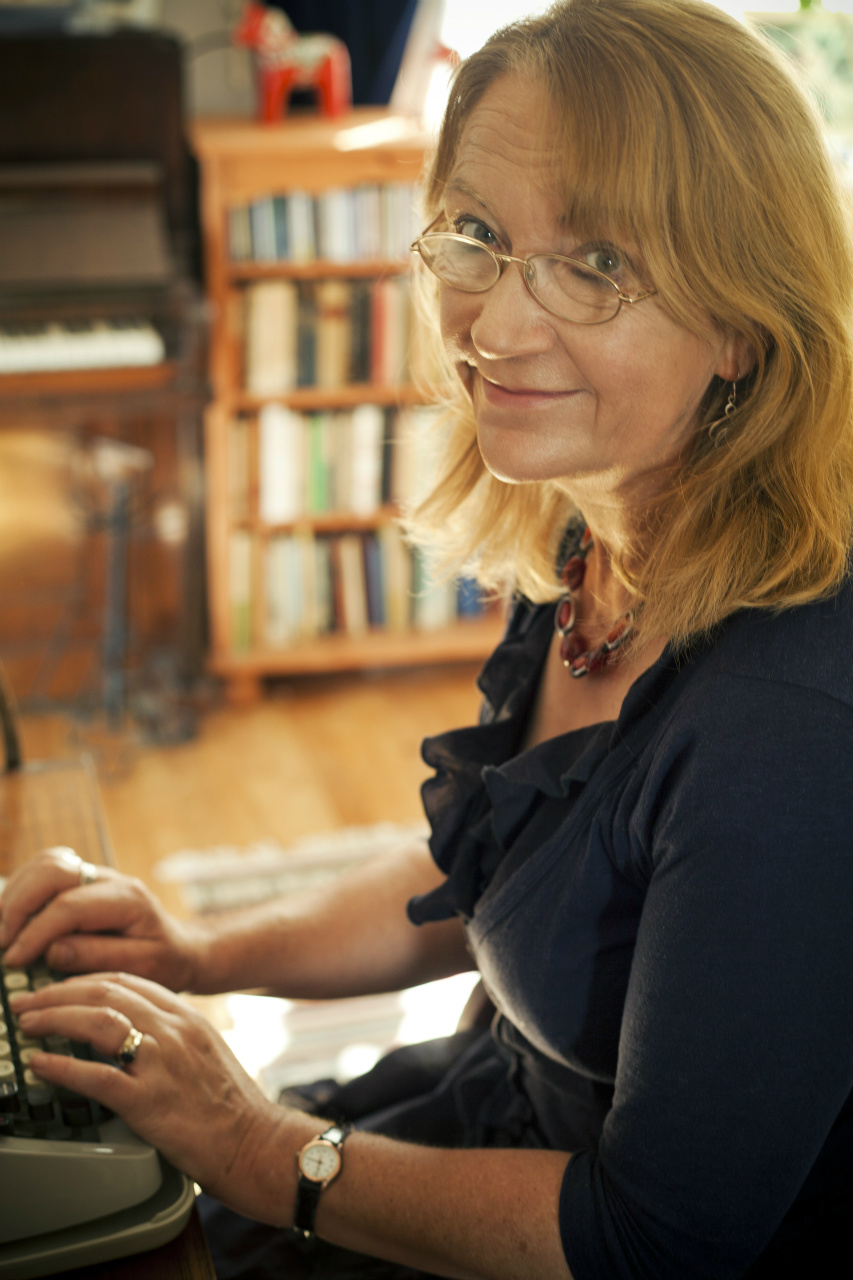 Whether Dublin-born Ní Dhuibhne, who has a PhD in folklore, is deliberately drawing such parallels is up to the reader to decide. But, unlike Cinderella, our writer does not find quite what she’s looking for, despite all hopes to the contrary.
Whether Dublin-born Ní Dhuibhne, who has a PhD in folklore, is deliberately drawing such parallels is up to the reader to decide. But, unlike Cinderella, our writer does not find quite what she’s looking for, despite all hopes to the contrary.
In the house, food seems to appear from nowhere – no-one brings it out, yet it is there when needed – and everything tastes as delicious as it possibly could. Snippets of the narrator’s own background are also now served up, as we discover she has children back at home and was previously hospitalised for depression. This information however, is for the reader’s eyes only, as she does not share it with her hosts and, indeed, welcomes their lack of intrusion into her personal history.
Meanwhile, with the male of the household, our writer begins to discuss ‘interesting questions that had been bothering me for many months’. Her literary quest sees her wrestle on with the idea of originality in fiction – is this truly possible after so many books written over the centuries? She philosophises about the inherent purpose of music, writing and life. It is almost as if a spell has been spun by the three youthful beings, as our narrator vocalises all that has bothered her for so long. She senses the creative possibilities in her surroundings at the retreat, and yet she feels ‘the strongest resistance to stay’, preferring the house in the woods, instead.
The flavour of fairy tale is tasted again when she returns and finds that the ‘fragrance from the roses was stronger than before…’ I was reminded of little Gerda in ‘The Snow Queen’, who was tricked into staying at the old witch woman’s home with her garden of flowers. It was the roses that finally broke the spell in that story, allowing her to escape.
Our narrator visits the strange trio every day or two for weeks, each day believing herself ‘on the brink of finding out something wonderful, something radically important about the meaning of life and the meaning of fiction’. Invited to stay at the house as her time at the artists’ retreat comes to an end, she ponders the perfect room her would-be hosts show her: ‘I knew it was a room I had dreamt of, in the dreams I often have of houses and castles, about which I wander, from room to room, in search of the perfect one.’
Enchanted by all that she’s seen and experienced – and, indeed, what she hopes to experience – our narrator seems torn, and we wonder if Ní Dhuibhne will break the spell that she’s so expertly woven. Will she allow her character to retreat further into herself and be swallowed up by this magical forest where artists come to while away their lives? Or will our narrator return home:
[to] the fogbound, beloved island, and struggle on towards an answer, like a woman who has stepped on the stray sod, and will wander around in one field for the rest of her life.
Ní Dhuibhne settles for the latter, of course, as she winds the thread back around the spool and tidies her musing author back into her own world. She is satisfied, it seems, that she must return home and accept things for how they are.
I was, however, left mulling over those unanswered (and perhaps answerless) questions tossed into the air by Ní Dhuibhne and left to lodge as they may in my mind. Can a story ever be truly original? What is the purpose of our writing and why should we strive to keep on creating?
In an interview on the Dalkey Archive Press website, Ní Dhuibhne herself says:
“Every individual work, novel, short story, seems to make its own special demands and to have its own unique characteristics. However, only a fool believes she is not influenced by the writing and traditions of the past, the writing of the present, and the world in which she happens to live.”
The writing life and the role of the artist is a theme that runs throughout the shelter of neighbours and, in ‘Illumination’, Ní Dhuibhne hints at the enduring power of the story. Her prose is polished and precise and seduces us with its beautiful language, but Ní Dhuibhne doesn’t sugar-coat what it means to actually be a writer.
This is a tale that asks us to think a little more deeply about literature and the creative process. Ní Dhuibhne holds up a mirror to our craft and asks us to contemplate the full image reflected back. Why do we write? What do we contribute to society by writing? What is writing for?
Why does it matter?
~
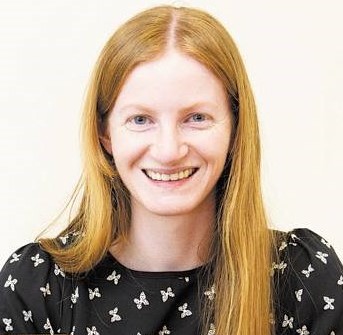 Claire Savage is a writer/editor from the Causeway Coast in Northern Ireland. She has just completed a collection of poetry and short stories, after being awarded a National Lottery-funded grant from the Arts Council NI in 2014. Her poetry has been published in two NI Community Arts Partnership anthologies, the Abridged poetry/art journal and in arts ezine, A New Ulster. Another poem will be included in a forthcoming anthology in memory of Seamus Heaney. Her short stories have appeared on the Blackstaff Press website and The Incubator journal, with another to be published in the second edition of The Lonely Crowd journal.
Claire Savage is a writer/editor from the Causeway Coast in Northern Ireland. She has just completed a collection of poetry and short stories, after being awarded a National Lottery-funded grant from the Arts Council NI in 2014. Her poetry has been published in two NI Community Arts Partnership anthologies, the Abridged poetry/art journal and in arts ezine, A New Ulster. Another poem will be included in a forthcoming anthology in memory of Seamus Heaney. Her short stories have appeared on the Blackstaff Press website and The Incubator journal, with another to be published in the second edition of The Lonely Crowd journal.
~
photo of Ní Dhuibhne © Hazel Coonagh, 2011
